Other
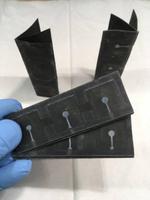
“In remote areas of the world or in regions with limited resources, everyday items like electrical outlets and batteries are luxuries. Health care workers in these areas often lack electricity to power diagnostic devices, and commercial batteries may be unavailable …

““Screen-Printed Washable Electronic Textiles as Self-Powered Touch/Gesture Tribo-Sensors for Intelligent Human-Machine Interaction” Electronic textiles could allow a person to control household appliances or computers from a distance simply by touching a wristband or other item of clothing — something that …

““Mg2B2O5 Nanowires Enabled Multifunctional Solid-State Electrolyte with High Ionic Conductivity, Excellent Mechanical Properties and Flame-retardant Performance” Nano Letters From cell phones and laptops to electric vehicles, lithium-ion batteries are the power source that fuels everyday life. But in recent years …

““Waterproof and Tailorable Elastic Rechargeable Yarn Zinc Ion Batteries by a Cross-Linked Polyacrylamide Electrolyte” When someone thinks about knitting, they usually don’t conjure up an image of sweaters and scarves made of yarn that can power watches and lights …
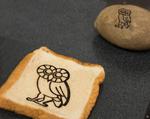
““Laser-Induced Graphene by Multiple Lasing: Toward Electronics on Cloth, Paper, and Food” Electronics, the lifeblood of the modern world, could soon be part of our daily diet. In a study appearing in ACS Nano, scientists report that they have developed …

“For kids and adults with food allergies, a restaurant outing can be a fraught experience. Even when care is taken, freshly prepared or packaged meals can accidentally become cross-contaminated with an offending food and trigger a reaction. Now researchers report …
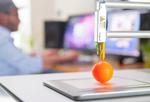
“Within the past decade, 3-D printers have gone from bulky, expensive curiosities to compact, more affordable consumer products. At the same time, concerns have emerged that nanoparticles released from the machines during use could affect consumers’ health. Now researchers report …

“Imagine you’re on your way to Mars, and you lose a crucial tool during a spacewalk. Not to worry, you’ll simply re-enter your spacecraft and use some microorganisms to convert your urine and exhaled carbon dioxide (CO2) into …
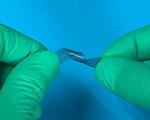
“From smart socks to workout clothes that measure exertion, wearable body sensors are becoming the latest “must-have” technology. Now scientists report they are on the cusp of using silk, one of the world’s most coveted fabrics, to develop a …
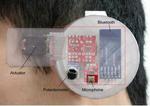
“Wireless, wearable sensors are all the rage with millions of people now sporting fitness trackers on their wrists. These devices can count footsteps, monitor heart rate and other vital signs. Now researchers report in the journal ACS Sensors that they …
